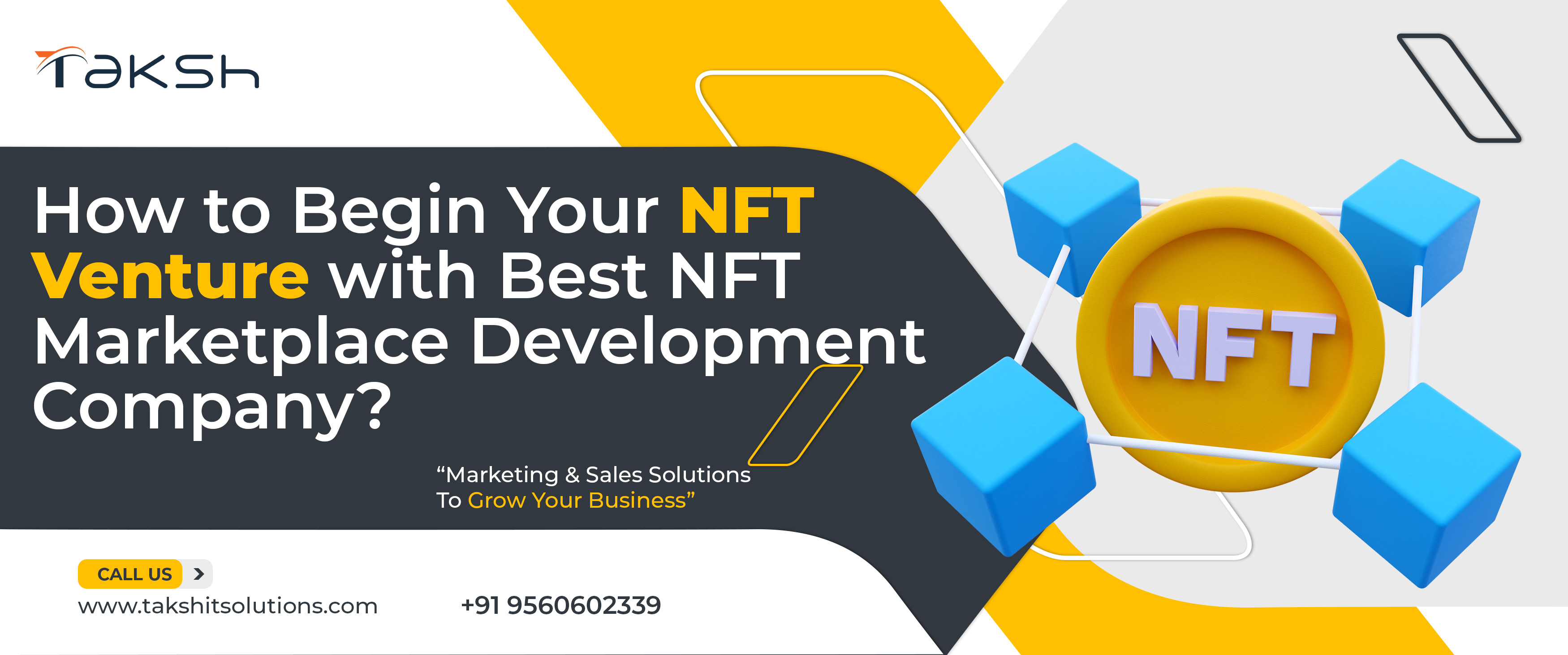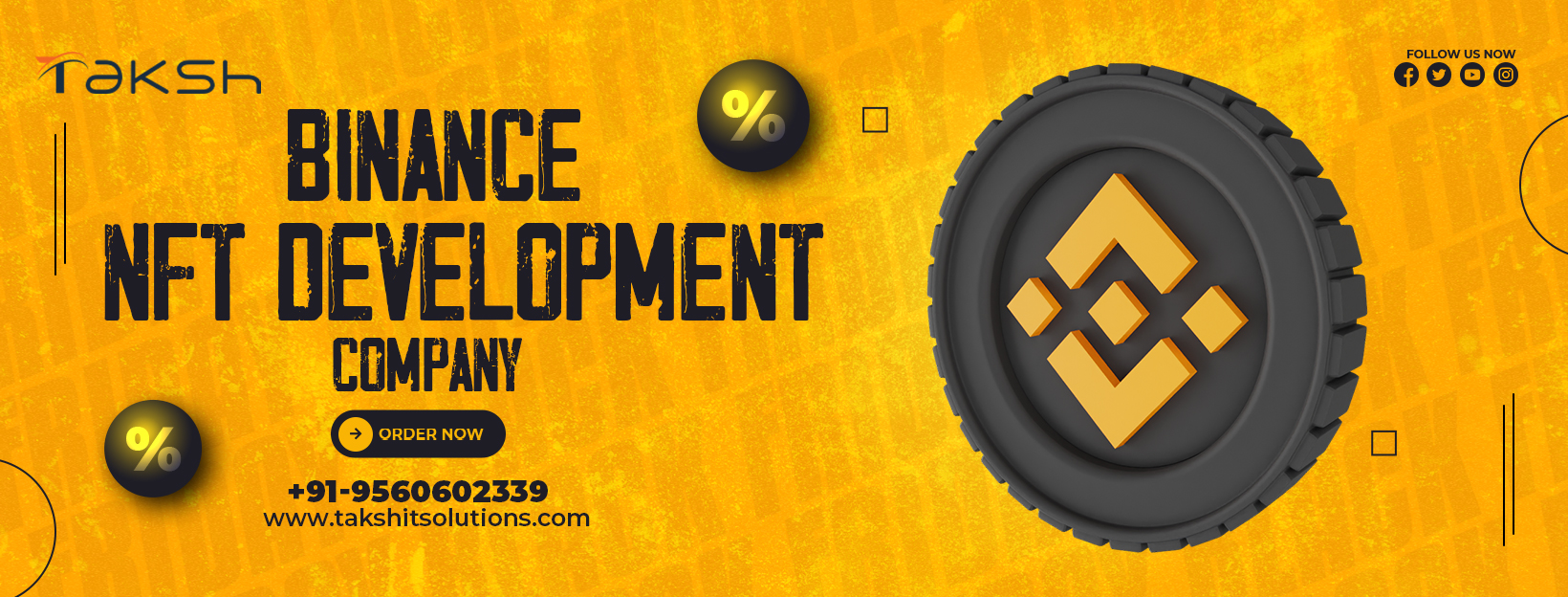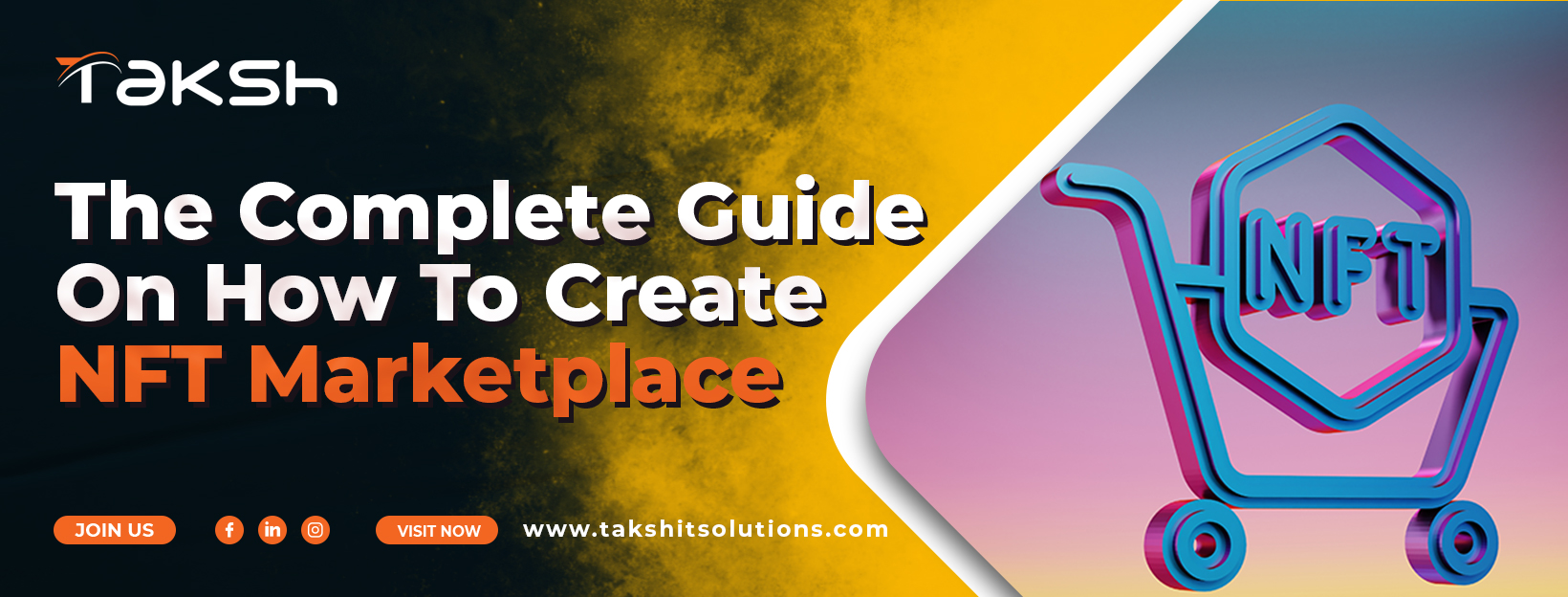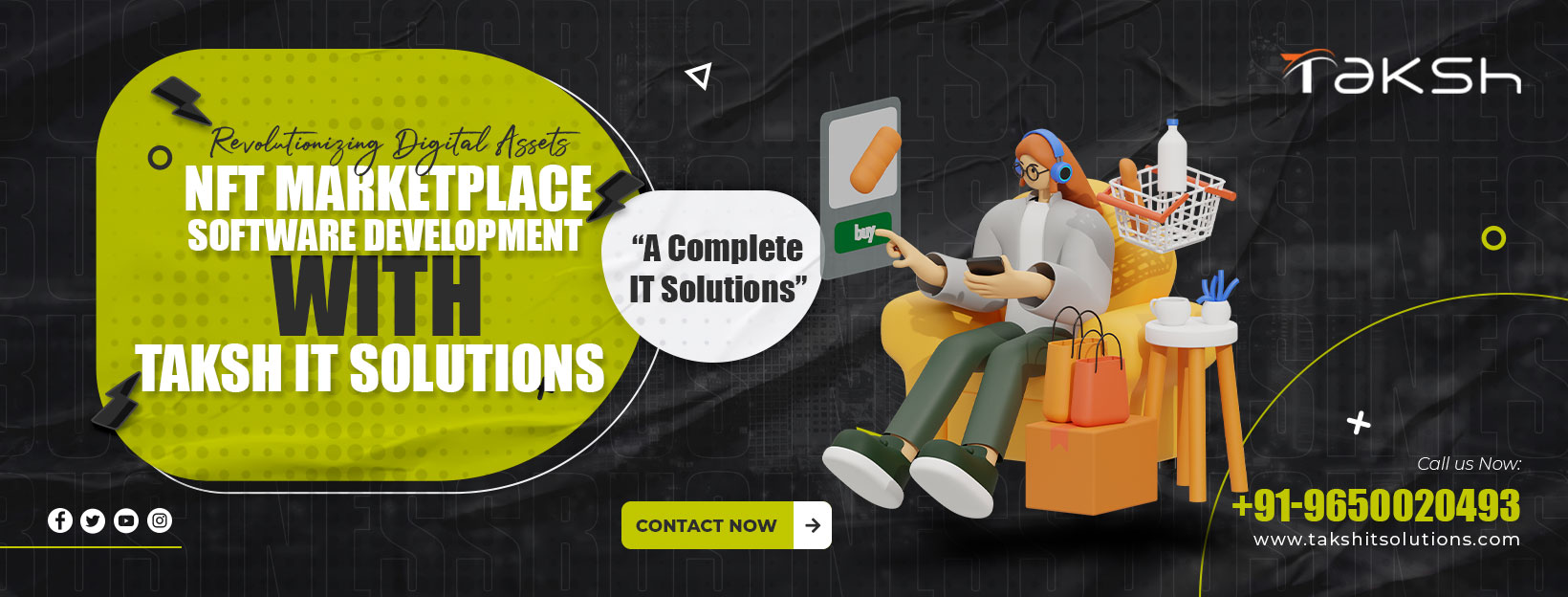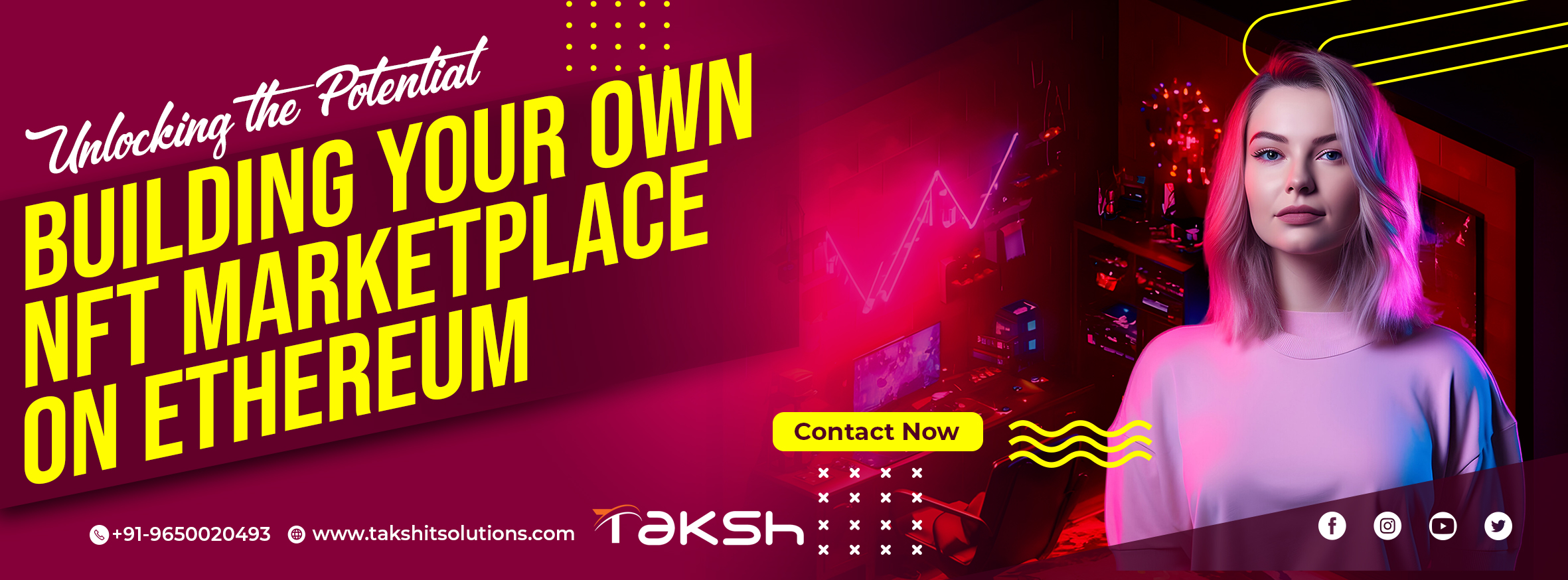 In recent years, Non-Fungible Tokens (NFTs) have taken the digital world by storm, revolutionizing the way we perceive and trade digital assets. With the surge in interest and the growing popularity of blockchain technology, creating your own NFT marketplace on Ethereum has become an enticing prospect for many entrepreneurs and businesses alike. In this comprehensive guide, we'll walk you through the process of setting up your very own NFT marketplace, empowering you to tap into this burgeoning market and unlock its full potential.
In recent years, Non-Fungible Tokens (NFTs) have taken the digital world by storm, revolutionizing the way we perceive and trade digital assets. With the surge in interest and the growing popularity of blockchain technology, creating your own NFT marketplace on Ethereum has become an enticing prospect for many entrepreneurs and businesses alike. In this comprehensive guide, we'll walk you through the process of setting up your very own NFT marketplace, empowering you to tap into this burgeoning market and unlock its full potential.
Understanding NFTs: A Primer
Before diving into the nitty-gritty of building your marketplace, let's take a moment to understand what NFTs are and why they've become such a hot commodity in the digital realm.
What are NFTs?
NFTs, or Non-Fungible Tokens, are unique digital assets that represent ownership or proof of authenticity of a particular item or piece of content. Unlike cryptocurrencies such as Bitcoin or Ethereum, which are fungible and can be exchanged on a one-to-one basis, NFTs are indivisible and cannot be replicated.
The Rise of NFTs
In recent years, NFTs have gained widespread attention across various industries, from art and gaming to music and collectibles. The ability to tokenize digital assets and establish ownership on the blockchain has opened up new avenues for creators and collectors, driving unprecedented demand and value in the market.
Why Ethereum?
While there are several blockchain platforms that support NFTs, Ethereum remains the go-to choice for many developers and enthusiasts. Here's why:
Smart Contract Functionality
Ethereum's robust smart contract functionality enables the seamless creation and execution of NFTs, allowing developers to customize their tokens according to their specific requirements.
Established Ecosystem
With a thriving ecosystem of developers, users, and decentralized applications (dApps), Ethereum offers unparalleled support and infrastructure for building and deploying NFT marketplaces.
Interoperability
Ethereum's compatibility with other blockchain networks and standards ensures interoperability and seamless integration with existing NFT platforms and protocols, facilitating broader adoption and interoperability.
Building Your NFT Marketplace: Step-by-Step Guide
Now that we've laid the groundwork, let's delve into the process of creating your own NFT marketplace on Ethereum. Follow these steps to get started:
Step 1: Define Your Objectives
Before diving into development, clarify your goals and objectives for the marketplace. Determine your target audience, niche, and unique selling proposition to differentiate your platform in the competitive market.
Step 2: Choose the Right Development Approach
When it comes to building an NFT marketplace on Ethereum, you have several options, including:
- Custom Development: Hire a team of blockchain developers to build a bespoke marketplace tailored to your specifications.
- White-Label Solutions: Utilize white-label NFT marketplace solutions that offer pre-built templates and customizable features to streamline development.
- Decentralized Finance (DeFi) Integration: Explore opportunities to integrate decentralized finance protocols and liquidity pools to enhance the functionality and liquidity of your marketplace.
Step 3: Develop Smart Contracts
Smart contracts form the backbone of your NFT marketplace, governing the creation, ownership, and transfer of digital assets. Work with experienced blockchain developers to design and deploy secure and efficient smart contracts that meet your business requirements.
Step 4: Design User Interface (UI) and User Experience (UX)
Create an intuitive and visually appealing UI/UX design for your marketplace to enhance user engagement and retention. Focus on simplicity, accessibility, and seamless navigation to provide a frictionless experience for buyers, sellers, and collectors.
Step 5: Implement Payment and Authentication Systems
Integrate secure payment gateways and authentication systems to facilitate seamless transactions and ensure the authenticity of NFTs. Leverage blockchain technology to provide transparent and immutable records of ownership and transaction history.
Step 6: Test and Deploy
Thoroughly test your marketplace across various environments to identify and address any bugs or vulnerabilities. Once satisfied with the performance and security of your platform, deploy it to the Ethereum mainnet or testnet for public access.
Step 7: Market and Promote Your Marketplace
Launch a comprehensive marketing and promotional campaign to generate buzz and attract users to your NFT marketplace. Leverage social media, influencers, and targeted advertising to reach your target audience and drive user acquisition.
 +91 9650020493 |
+91 9650020493 |  business@takshitsolutions.com |
business@takshitsolutions.com |  |
|  |
|  |
|  |
|  ?
?
Conclusion: Seizing the Opportunity
As the popularity of NFTs continues to soar, now is the perfect time to capitalize on this burgeoning market by creating your own NFT marketplace on Ethereum. By following the steps outlined in this guide and leveraging the power of blockchain technology, you can unlock new opportunities, empower creators, and redefine the future of digital ownership. Embrace the possibilities, and embark on your journey to success in the exciting world of NFTs!
Thank you for reading our Binance NFT Marketplace Development Agency blog. We look forward to sharing more insights and tips with you in the future!
Feel free to contact us for Binance NFT Marketplace Development Services.
Business Email Id: business@takshitsolutions.com
Contact Number: +91 9560602339 / +91 9650020493
If you want to read more information about Cryptocurrencies Software, E-commerce Software, CRM Software, ERP Software, Decentralized MLM Software, Digital Marketing Services and much more, just visit https://blog.takshitsolutions.com




